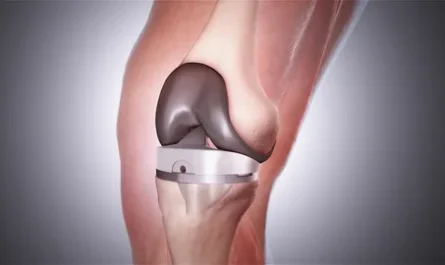COPD is a progressive lung disease that makes it hard to breathe over time. According to the Global Initiative for Chronic Obstructive Lung Disease (GOLD), it is currently the third leading cause of death worldwide. While there is no cure for COPD, various treatment options are available to help manage symptoms and slow the progression of the disease.
Medications
Medications play a key role in the treatment of COPD. The main goals of drug therapy are to relieve symptoms, prevent and treat exacerbations, and improve exercise tolerance and quality of life. Some of the commonly prescribed medications include:
Bronchodilators: These drugs help open up the airways and make it easier to breathe. The two main types are short-acting bronchodilators called beta2-agonists which provide quick relief during flare-ups and long-acting bronchodilators like tiotropium which provide around-the-clock control.
Corticosteroids: Inhaled corticosteroids help reduce inflammation in the lungs. They are often used along with long-acting bronchodilators in one inhaler.
Combination inhalers: Combination inhalers contain both a long-acting bronchodilator and an inhaled corticosteroid. Examples include fluticasone propionate/salmeterol and budesonide/formoterol. These provide dual-action relief from symptoms.
Antibiotics and oral corticosteroids: For acute exacerbations, antibiotics are prescribed to treat bacterial infections while oral corticosteroids reduce severity of symptoms by reducing inflammation.
Supplemental oxygen therapy: For patients with severe or very severe Chronic Obstructive Pulmonary Disease Copd who have low oxygen saturation levels, supplemental oxygen tubes or portable oxygen concentrators may be prescribed to improve oxygen transport in the body.
Managing exacerbations
Exacerbations or flare-ups often lead to worsening symptoms like increased breathlessness, cough and increased sputum production or change in sputum color. Prompt treatment of exacerbations helps prevent subsequent flare-ups and slows disease progression. Some measures include:
Using short courses of oral corticosteroids to reduce inflammation.
Taking antibiotics if bacterial infection is suspected as the cause.
Seeking medical help immediately if symptoms suddenly worsen to get reviewed for potential hospitalization if oxygen levels drop significantly.
Having a rescue inhaler always on hand to quickly relieve symptoms during flare-ups.
Maintaining an action plan agreed upon with the doctor to know when and how to escalate treatment at home versus seeking emergency help.
Getting vaccinated against lung infections like influenza and pneumonia which can trigger exacerbations.
Lung rehabilitation and breathing exercises
Along with medication, pulmonary rehabilitation helps people with COPD stay active and feel better. Rehab programs include supervised exercise training, education about disease self-management, and psychosocial support. Exercise helps condition the body to work more efficiently with less breathlessness.
Some research-backed self-management techniques include pursed-lip breathing, diaphragmatic breathing, pacing activity and chest physiotherapy involving controlled coughing and deep breathing. As lung function declines over time, learning energy-saving strategies and adapting activities becomes important.
Oxygen therapy
For patients with very severe COPD who have low oxygen saturation even when at rest, long-term oxygen therapy may be prescribed. This involves using a portable oxygen concentrator or oxygen cylinders for a minimum of 15 hours per day. This improves oxygen circulation and relieves breathlessness and fatigue by providing the body with the oxygen it needs.
Lung volume reduction and transplantation
For a select group of patients, lung volume reduction surgery or lung transplantation may be options when other treatments no longer help or the disease has progressed significantly.
LVRS involves removing damaged portions of diseased lungs through open-chest surgery to allow the healthier lung areas to work more efficiently. It provides relief for those with upper lobe emphysema.
Lung transplantation completely replaces the diseased lungs with healthy donor lungs. It is recommended only for those who cannot get relief from other options due to severe disease. Post-transplant, patients need to adhere to lifestyle changes and lifelong immune-suppressing medications.
Integrated care approach
Given the complexity of COPD, an integrated approach combining different treatment modalities alongside lifestyle changes leads to best outcomes. Stopping smoking, eating nutritious diet, managing stress, and preventing further lung damage is important along with medication adherence and pulmonary rehab.
Regular reviews with the doctor help monitor disease progression and make timely adjustments to the treatment plan. With proper management, people can stay active even in advanced stages of COPD and experience improved symptoms and quality of life for many years.
*Note:
1. Source: Coherent Market Insights, Public sources, Desk research
2. We have leveraged AI tools to mine information and compile it



